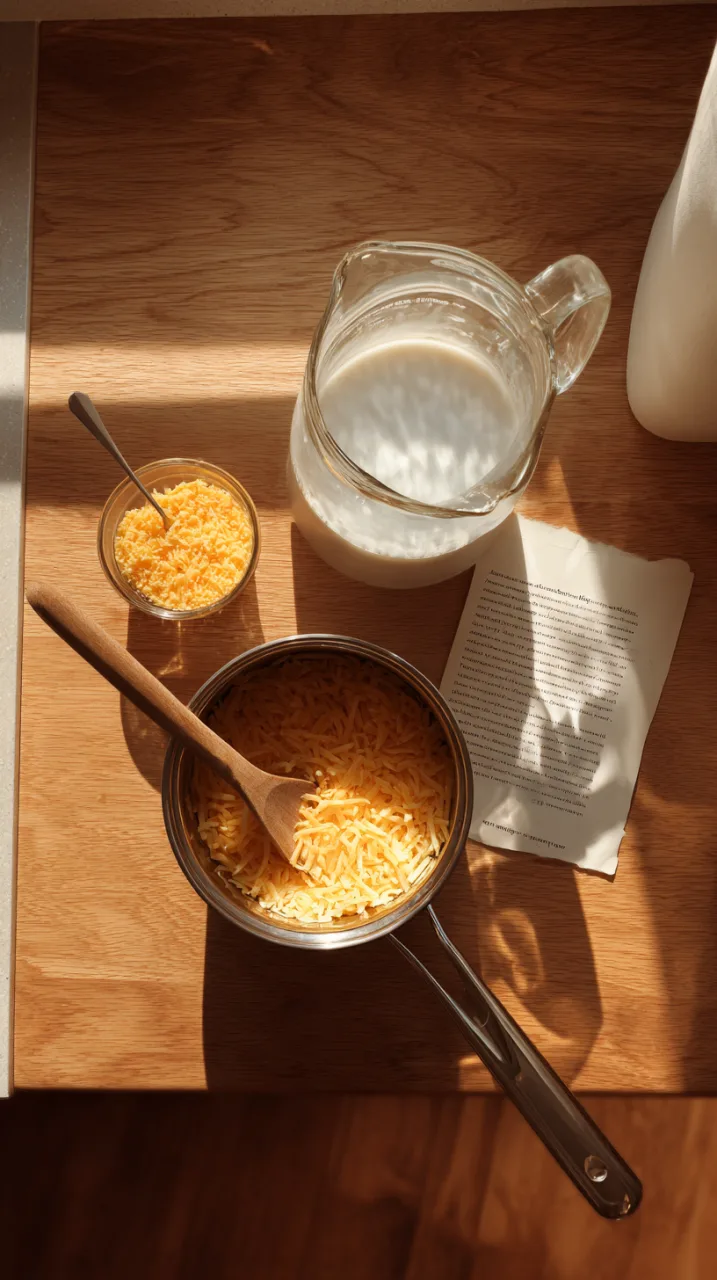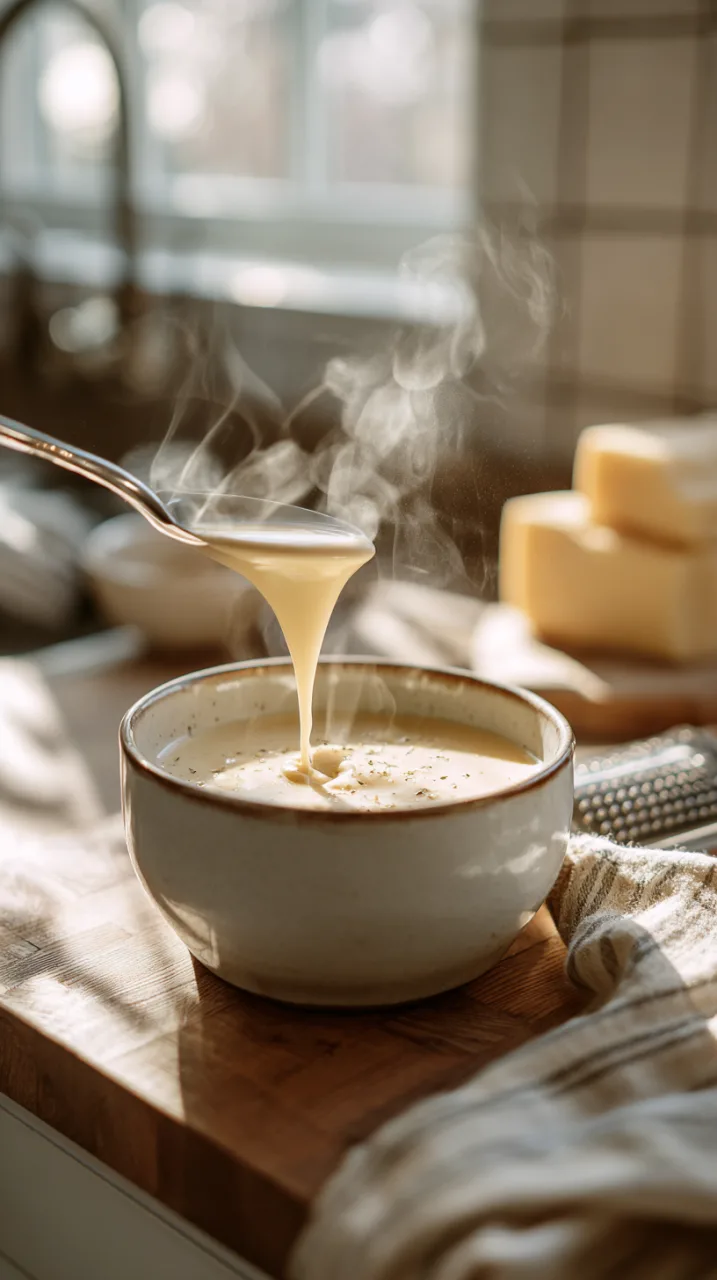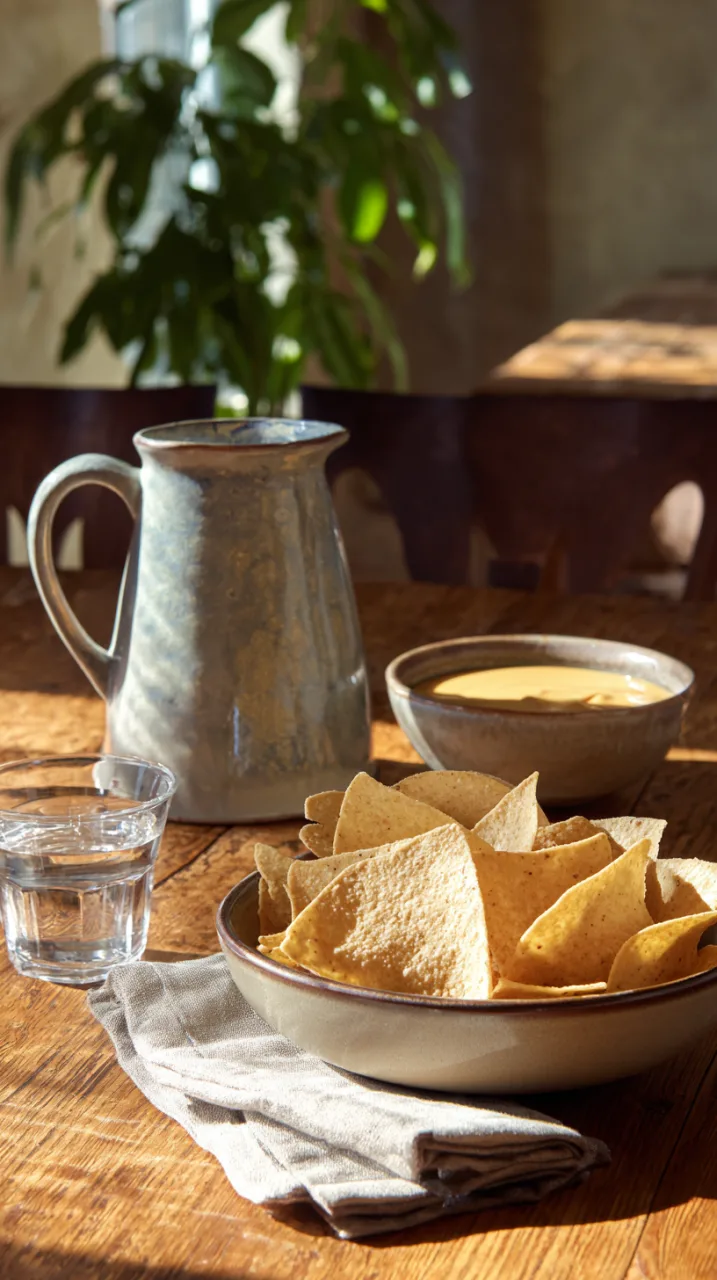Make the Creamiest Cheese Sauce Ever with This One Secret
Ever tried making a cheese sauce that turned out grainy or oily? We’ve all been there. You start melting the cheese, things look promising – then suddenly, it splits. Clumps of goo. Pools of grease. Total mess.
Turns out, there’s a kitchen secret the pros use to make their cheese sauces silky and spoonable.
It’s not a new kind of cheese. It’s not a fancy trick. It’s sodium citrate – and it can change how you cook cheese forever.
Let’s get into it.
What Is Sodium Citrate?
Sodium citrate is a kind of salt. Not like table salt. It’s made from citric acid (the stuff in citrus fruit) and baking soda or sodium carbonate.
It tastes a little sour and a little salty, but not much on its own. What it really does is help fat and water mix. That’s the magic.
When you melt cheese with water or milk, it normally breaks.
Sodium citrate keeps it smooth. Like science glue for cheese.
To understand other foundational ingredients, check out our guide on essential sauce terms.
How It Works in the Kitchen

When cheese melts, the fat wants to separate. That’s why you sometimes get oily messes.
Sodium citrate changes the pH of the mix and helps bind the proteins and fat together.
That gives you a shiny, pourable sauce instead of blobs.
This stuff is what makes Velveeta and nacho cheese dip so creamy. Except now, you can do it yourself – and use real cheese.
If you love mastering the science behind smooth sauces, our béchamel sauce recipe is another great place to practice controlled melting.
What You Need to Make It Work

You don’t need much. Just:
– A pan
– Some water or milk
– Cheese
– A tiny spoonful of sodium citrate
– A whisk or blender
That’s it. You’re 15 minutes away from better queso.
How Much Sodium Citrate to Use?
Here’s the general rule: use about 2 to 4 grams per 100 grams of liquid and cheese combined. That’s about 1 to 1.5 teaspoons for 1 cup of water and 1.5 cups of cheese.
You can play with that ratio. Want it thick? Use less liquid. Want it runny for fondue? Add more.
When working with precise ratios, this guide on volume vs. weight in cooking clears up common conversion issues.
Step-by-Step Cheese Sauce
- Heat up 1 cup of water or milk in a small pot.
- Add 1.2 teaspoons of sodium citrate. Stir until it dissolves.
- Toss in shredded cheese a handful at a time, whisking as it melts.
- Keep it gentle. Don’t boil. Just melt and stir.
- Taste and season if needed. Done.
You now have silky, shiny cheese sauce. No clumps. No grease.
If you’re looking for another melt-friendly cheese dish, try our ultra-creamy flourless mac and cheese for a roux-free comfort food fix.
Best Cheese Types to Use

Sharp cheddar works like a charm. Gruyère makes a killer fondue. Monterey Jack gives a nice pull. And you can mix cheeses too. Use what you like eating.
Stay away from dry, crumbly cheeses like feta. They don’t melt the same way.
Cheese sauce meets holiday comfort in our Thanksgiving mac and cheese recipe, which puts sodium citrate to great use.
Can I Use It in Other Recipes?

Totally. Add it to:
– Cheese soup
– Mac and cheese
– Fondue
– Nacho dip
– Breakfast sandwiches
– Cheese-stuffed pasta
You can even cool the sauce, shape it, and slice it like American cheese. Yep.
Looking for dip inspiration? Our loaded queso dip pairs perfectly with this emulsified cheese base.
Tips From the Pros
Use an immersion blender if you want it extra smooth. A whisk works fine, but the blender gives it that glossy finish.
Also: make sure your liquid is warm enough to dissolve the sodium citrate before you add the cheese. Cold liquid won’t cut it.
Use ceramic or nonstick pans so nothing scorches.
Storing and Reheating
Store leftovers in a container in the fridge.
When it cools, it’ll thicken.
Add a splash of water or milk to reheat gently over low heat.
Stir until smooth again.
If you’re into meal prep, our crock pot macaroni and cheese reheats beautifully and uses the same sodium citrate method.
FAQ On Using Sodium Citrate
What does sodium citrate taste like?
Almost nothing. Slightly salty and tangy, but not strong. It won’t change your recipe’s flavor.
Where can I buy it?
Online, or at specialty food or brewing stores. It’s cheap and lasts forever.
Can I use it in vegan cheese sauces?
Yes. It works with plant-based cheeses too, though results vary.
Is sodium citrate safe to eat?
Yep. It’s used in tons of foods. It’s considered GRAS (Generally Recognized As Safe).
Can I just use lemon juice instead?
Nope. Lemon changes the flavor too much and doesn’t stabilize the fat like sodium citrate does.
How long does the sauce last in the fridge?
About 5 days. Reheat slowly and add liquid if needed.
Can I freeze it?
You can, but the texture might change a bit. It’s better fresh.
The Final Bite
Once you try sodium citrate, you’ll wonder how you ever melted cheese without it.
It’s simple, cheap, and works every single time.
Whether you’re making mac, queso, or just pouring it over toast, this trick’s a keeper.
If you want more kitchen gold like this, grab a seat at the table. Subscribe to the Simply Delicious Digest, where we share honest, no-fluff cooking tips that actually work.
Written by Ryan Yates, Executive Chef. Built from two decades in commercial kitchens, plus a pinch of tech to help shape it.



